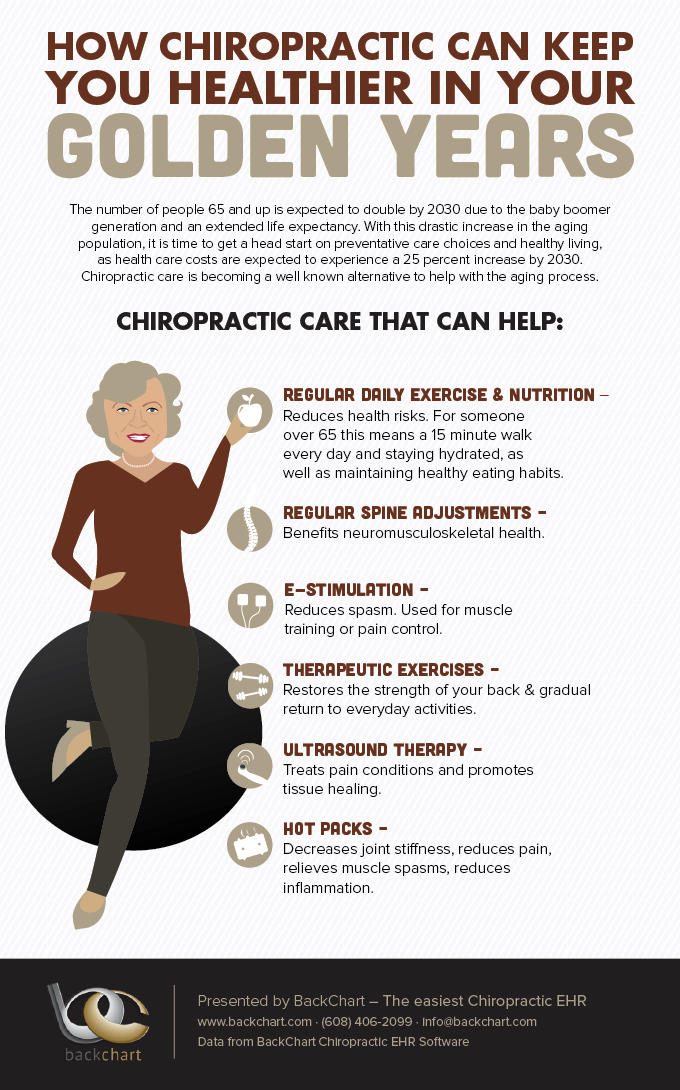Simply When You Believe Relief Is Near, Soft Tissue Therapy Discloses Its Awkward Realities-- Uncover Why The Process Can Be Painful Yet Valuable
Simply When You Believe Relief Is Near, Soft Tissue Therapy Discloses Its Awkward Realities-- Uncover Why The Process Can Be Painful Yet Valuable
Blog Article
Material Develop By-Boysen Yildiz
When you go through soft Tissue therapy, you could discover it surprisingly uncomfortable. This pain arises as stress is applied to tense muscle mass and damaged cells, causing your discomfort receptors. While it can really feel traumatic in the moment, there's a reason behind this sensation. Understanding what occurs in your body during these treatments can assist you appreciate the process. So, just what is taking you can try this out below the surface area?
The Physiology of Pain During Soft Tissue Therapy
When you undergo soft Tissue treatment, your body's reaction to pain is a complex interplay of physical procedures. As the therapist applies stress, your body turns on pain receptors, sending signals to your brain. This sets off the launch of natural chemicals, such as substance P and glutamate, which amplify the feeling of discomfort.
Your muscular tissues might additionally tighten in feedback, further complicating the experience. Additionally, your body may launch endorphins, all-natural medicines that can help reduce some pain.
The interaction between these procedures can produce a special experience for each and every person. Comprehending this physiological action aids you navigate the feelings during treatment, allowing you to appreciate the equilibrium between discomfort and the potential for recovery benefits.
The Role of Pain in the Recovery Refine
Although pain during soft Tissue treatment can feel frustrating, it plays a critical duty in the healing procedure. When you experience discomfort, your body is signaling that it's functioning to fix broken cells. This action helps enhance blood flow to the affected location, supplying crucial nutrients and oxygen required for healing.
Additionally, discomfort can promote the release of endorphins, your body's natural painkillers, developing a sense of relief post-treatment. Accepting this discomfort can help you recognize your body's limits and motivate you to address underlying concerns.
While it's uncomfortable currently, this procedure is important for long-term recovery and enhanced function. Identifying pain as an important part of recovery can empower you to stay devoted to your therapy.
Tips for Managing Pain During and After Therapy
Handling pain during and after soft Tissue therapy can considerably boost your general experience and recovery.
To start, connect openly with your therapist concerning your pain levels; they can change methods appropriately. Utilizing deep breathing strategies can additionally assist you loosen up and reduce discomfort.
Consider using ice to the cured area post-session to minimize swelling and numb pain. Staying hydrated https://should-i-see-a-doctor-aft62840.mybuzzblog.com/12747932/tips-for-obtaining-the-most-out-of-your-sports-massage-therapy in the recuperation procedure, so drink plenty of water.
Gentle stretching and light motion after treatment can promote blood flow and ease rigidity. Lastly, guarantee you obtain sufficient remainder to enable your body to recover.
Carrying out these tips can make your soft Tissue treatment extra workable and satisfying.
Verdict
Finally, while soft Tissue treatment can be uncomfortable, it's critical to acknowledge that this pain plays an essential role in your healing journey. By recognizing the physiological reactions at play, you can come close to the treatment with an extra favorable frame of mind. Keep in mind, the initial pain usually paves the way to alleviation as your body launches endorphins. Accept the procedure, and don't think twice to make use of the suggestions for handling pain to enhance your experience and healing.
